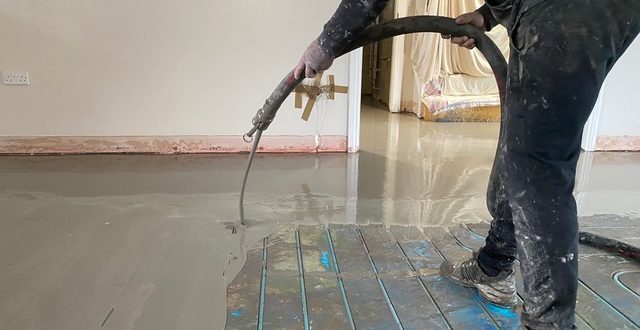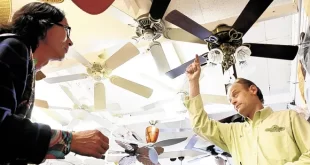When designing any building there are many different factors to be taken into consideration. The most important thing is to get every last one of them just right so that the building works as it should and so that it lasts. You don’t want to have to start making alterations a few years down the line because the original design was in some way faulty, or perhaps because of a change of use that had not been foreseen.
The process of planning and design can take overall anywhere from 18 months or so to perhaps a couple of years, from the moment that the first site meeting is held with the architects. Indeed, it can take four to five months to get to the point where the planning application has been approved. Once that has been achieved, the next step is detail design, and this may require the services of a structural engineer. Time spent on this will very much depend upon the size and complexity of the project.
All factors have to be taken into consideration, and one of these is the structure of the flooring in the building. You don’t want to lay the final floor finish straight on to a bumpy sub-floor, so in most instances it will be necessary to lay a screed of some description in order to achieve as level and flat a surface as possible on which to lay the final floor. This is particularly important when you are going to use something such as tiling or stone because if the screed is not level in accordance with the BS5385, Part 3, then the tiling or stone is very liable to crack under the weight of traffic.
A 2-Metre Straightedge
The way that a screed surface, or for that matter any other surface, is measured is by the use of a 2-metre straightedge laid on the surface and any variations underneath measured using a slip gauge. This will result in the surface being recorded as either SR1, SR2, or SR3, SR standing for Surface Regularity. SR1 allows for a maximum gap at any point of 3mm, SR2 allows for 5mm, and SR3 is 10mm.
Traditionally, a screed has been made up using a cementitious mix of sand and cement in the ratio of 1:3 to 1:4.5 cement to sand. This was very often mixed on site in a cement mixer, which means that each load is going to vary somewhat from the last one, and for this reason, on larger sites today, the screed is delivered to site ready mixed and containing material to delay the drying time so that it can be laid all day.
The screed is simply barrowed on to the substrate and then laid by a worker on hands and knees using a trowel in order to level out the surface as much as possible. As you can imagine, it is not an easy job and above all it takes a lot of time. Furthermore, when laying a screed by hand like this, it is difficult to achieve a level of anything greater than SR3.
However, today we also have more modern types of screed available which don’t use cement as the binder but rather use calcium sulphate. This type of screed is known by several different names, the most common one being liquid screed. This is because when it is laid it is in liquid form, and this has several advantages over and above sand and cement screed. Such a screed may also be called flowing screed, gypsum screed, anhydrite screed, and more, but are all based on calcium sulphate. That becomes gypsum when mixed with water, and before mixing it is anhydrous, which means dry, hence anhydrite screed.
One of the biggest advantages of laying a liquid screed in Reading – or anywhere else –is just that: the fact that it is in liquid form. Instead of barrowing it on to the sub-floor, the manufacturers mix the screed at their depot, deliver it to site, and simply connect a long hose and a pump so that it can be pumped into position in much the same way that you would water your lawn.
Because it is a flowing screed in Reading, it automatically levels itself out in just the same way as you might have a pint of beer poured at your local pub. Stand it on the bar or the table for a minute, and the surface is flat. In fact, providers of liquid screeds do just go over them with a dappling bar once poured, but only to remove any air bubbles, and then the screed is left to set.
There is another advantage here too, and that is that liquid screeds will actually dry a lot faster than sand and cement. You can walk on them in 48 hours or less, which means that other contractors who need to work on the site are not unnecessarily delayed.
 Posting Point
Posting Point

